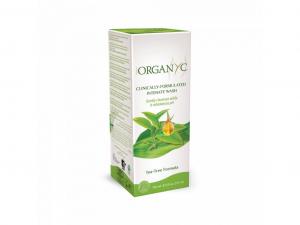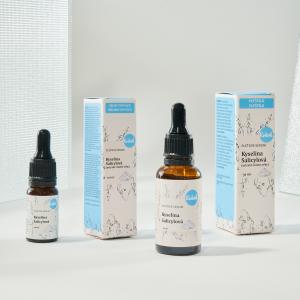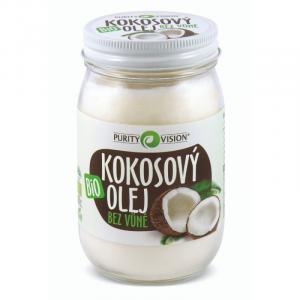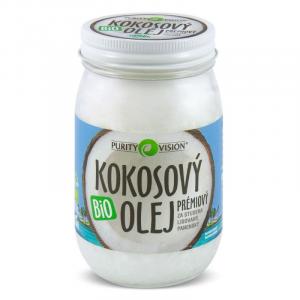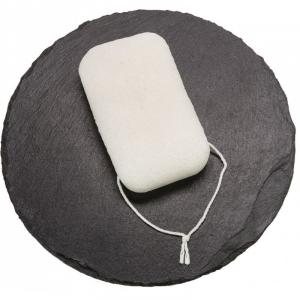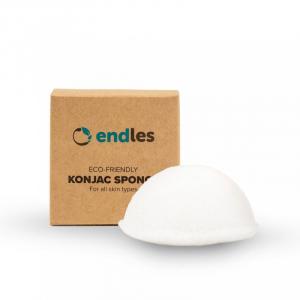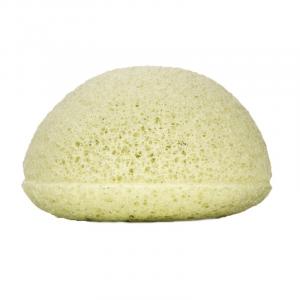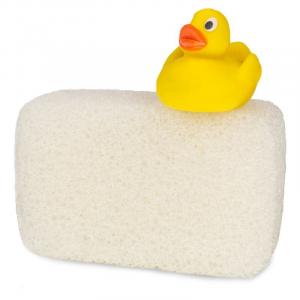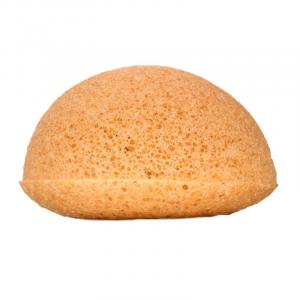
Treatment of Yeast Infection Using Tea Tree Oil

Yeast Infection and Treatment with Tea Tree Oil
Yeast infection is one of the most common gynecological issues that women encounter. It can occur for many different reasons – from hormonal changes and a weakened immune system to the use of antibiotics or inappropriate underwear. Symptoms of a yeast infection, such as itching, burning, and unpleasant discharge, can significantly affect the quality of life. It is no wonder that many women are looking for effective and gentle ways to combat this problem. One of these is Tea Tree Oil, a natural essential oil that is becoming increasingly popular due to its antibacterial and antifungal properties.
What is Tea Tree Oil and How Does It Work?
Tea Tree Oil, or oil from the tea tree, comes from the leaves of the Melaleuca alternifolia tree, which predominantly grows in Australia. This essential oil is known for its wide range of healing effects, primarily due to its strong antimicrobial properties. In traditional Australian medicine, Tea Tree Oil has been used for centuries to treat various skin conditions, inflammations, and infections.
Regarding yeast infections, Tea Tree Oil primarily works by disrupting the cell membrane of the yeast, leading to its destruction. Because of this, Tea Tree Oil can be effective not only in treating acute conditions but also as a prevention against recurring infections. Additionally, its anti-inflammatory properties help to alleviate irritation and inflammation, which often accompany yeast infections.
Try our natural products
Using Tea Tree Oil for Treating Yeast Infections
If you decide to use Tea Tree Oil as a treatment for yeast infections, it's important to follow several basic rules to ensure the treatment is effective and safe. Tea Tree Oil is highly concentrated and undiluted can cause skin irritation, especially in sensitive areas.
The simplest way to apply Tea Tree Oil is by diluting it with a carrier oil, such as coconut or almond oil. It is generally recommended to mix a few drops of Tea Tree Oil (usually 3 to 5 drops) with one tablespoon of carrier oil. You can apply this mixture to the affected area using a cotton pad or gently massage it into the skin.
Some women also use Tea Tree Oil in baths. Adding a few drops to warm water can help relieve itching and inflammation while the body relaxes overall. In this procedure, however, make sure the oil is evenly mixed to avoid irritation.
Another option is using Tea Tree Oil in the form of vaginal suppositories or oil-soaked tampons. In this case, it is necessary to proceed with caution and consult this treatment method with a doctor because improper use may lead to unwanted side effects.
Try our natural products
Preventing Yeast Infections with Tea Tree Oil
Tea Tree Oil is not only an effective remedy for yeast infections but can also play a significant role in preventing their recurrence. Regular use of Tea Tree Oil in daily hygiene can help maintain the balance of vaginal microflora, which is crucial for preventing infections.
One way to incorporate Tea Tree Oil into your routine is by adding a few drops to your shower gel or soap. Such use can help not only in protecting against yeast infections but also contribute to the overall health of your skin.
Another preventive measure could be using Tea Tree Oil as part of your underwear care. Adding a few drops to the detergent when washing clothes can help eliminate yeast and bacteria residues that could contribute to repeated infections.
Try our natural products
Safety and Caution When Using Tea Tree Oil
Even though Tea Tree Oil is natural and generally safe, it is important to remember that every body can react differently. Before use, it is advisable to perform a tolerance test on a small patch of skin to ensure you do not have an allergic reaction. If you notice any unwanted effects, such as severe irritation or allergic reaction, stop using it immediately and seek medical assistance.
Undiluted Tea Tree Oil can be too strong for the skin, especially in sensitive areas like mucous membranes or intimate parts. Direct application can cause irritation, burning, or even allergic reactions. Therefore, it is essential to always dilute the oil. It is recommended to mix a few drops of Tea Tree Oil with a carrier oil, such as coconut, almond, or olive oil, to reduce its concentration and minimize the risk of irritation. A general rule is that one tablespoon of carrier oil should have 3 to 5 drops of Tea Tree Oil.
Treating yeast infections with Tea Tree Oil offers a natural, effective, and gentle alternative to traditional treatment methods. Thanks to its antibacterial and antifungal properties, Tea Tree Oil can help not only in alleviating symptoms but also in preventing the recurrence of infections. Correct usage and adherence to safety measures are crucial to achieving the maximum benefits of this essential oil. If you are looking for a natural way to deal with yeast infections, Tea Tree Oil might be the right choice.
